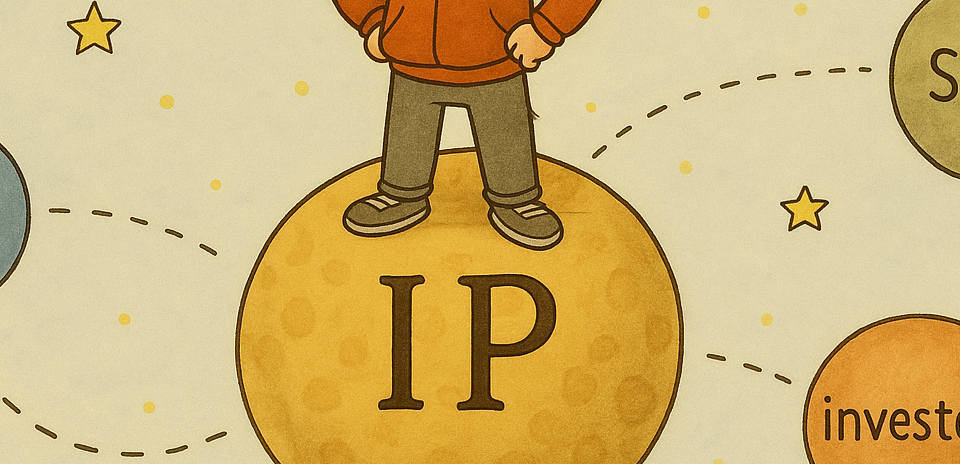5G and Green Energy
Today’s blog considers the role that wireless technology can be expected to play in achievement of climate change goals and the European Green Deal.
In our post Covid-19 economies, demand for connectivity and data growth is growing exponentially. By 2025, 100 billion connections are predicted, including 40 billion between smart devices. Cellular data traffic is projected to grow by 6.2 times between 2018 and 2024 in emerging countries, and by 3.1 times in developed markets over the same period.[1] At the same time, an estimated 130 countries and major sub-national economies have set net-zero emission targets by 2050[2]. More and more, countries are integrating wireless technology and digitization into strategies to meet such targets.
The transition from 4G to 5G will double or even triple energy consumption for mobile operators, and also contribute to the global ICT sector footprint which currently is estimated at around 1.4 per cent of the overall global emissions.[3] 5Gdemands more power to function than 4G, so power efficiency mechanisms will need to be put into place.[4]
However, analysis already indicates that wireless technologies could reduce global greenhouse gas emissions in these sectors by four to five times its own footprint[5]. Moreover, digital technologies could reduce CO2 emissions by 20 per cent by 2030[6].
5G will support a range of industries and enable them to address the exponential demand in connectivity and data.[7]. The capabilities for the new technology will enable key economic sectors to achieve their climate goals while largely offsetting the ICT sector’s own contribution to overall global emissions, currently estimated at around 1.4 per cent of the total[8].
Compared to previous generations of wireless technology, 5G has the potential to sustain an even greater digital transformation in many businesses and 5G is not only 10 times faster than 4G, it also allows for 1000 times more traffic. It has a lower latency, which makes it more reliable and responsive. When the speed, capacity, and connectivity of 5G is combined with artificial intelligence, edge computing, and virtualization, this can generate a drastic improvement in energy efficiency across sectors and activities. These efficiencies will be multiplied when applied to the areas where energy consumption is the greatest: in transport, in households, and in industry[9]
According to the European Commission, statistics show that:
- The transport sector accounts for about one-third of total emissions, and there is a growing interest in using connected cars to increase road and power efficiency.[10] New technologies, like automated eco driving, eco navigation, and truck fuel efficiency can significantly help cut CO2 emissions. Connected vehicles can also help cities to improve traffic congestion management by sharing data with Intelligent Transportation Systems (ITS) supported by 5G. Improving the environmental footprint of the transport sector will require the application of 5G technology, made widely available to implementers through FRAND licensing.
- In 2016, Ericsson and the Italian Interuniversity Consortium for Telecommunication began working together to increase the effectiveness and sustainability of the Port of Livorno. With an annual traffic capacity of 36 million tons of cargo and 15,000 employees, improving port operations could have economic, social, financial, and sustainable benefits. Innovative processes and technologies have resulted from the collaboration, and today the port of Livorno is among the most advanced in the Mediterranean. Deploying 5G enabled real-time data to be collected and analyzed to optimize systems and increase intelligent automation in the port area[11].
- 5G networks are also revolutionizing Smart Energy Systems (SES), which are approaches by which “smart electricity, thermal and gas grids are combined with storage technologies and coordinated to identify synergies between them in order to achieve an optimal solution for each individual sector, as well as for the overall energy system”[12]. Smart homes, for example, could significantly reduce household emissions and reduce energy usage. With the help of smart meters connected to 5G, data on water wastage, gas and electricity could be analysed to make smarter choices[13].
All the examples above rely on the application of wireless technology, made available to implementers through standardization and FRAND licensing. The cost of licensing these technologies is a fraction of the overall benefit generated by them for the end user, not to mention the environment. For example, a one-time payment of $15 per vehicle is all it takes to license the technology needed to build connected cars.
[1] Huawei Report, https://www.huawei.com/minisite/giv/en/predictions.html?id=7
[2] United Nations, Climate Action, https://www.un.org/en/climatechange/net-zero-coalition
[3] Ericsson Research Paper, https://www.ericsson.com/en/reports-and-papers/research-papers/the-future-carbon-footprint-of-the-ict-and-em-sectors
[4] Aware, https://aware-theplatform.com/sustainable-5g/
[5] SMART2020 Report, The Climate Group, https://www.compromisorse.com/upload/estudios/000/36/smart2020.pdf
[6] Digital Europe, https://www.digitaleurope.org/resources/digitalisation-as-key-for-a-sustainable-europe-our-call-to-action-for-the-eus-strategic-agenda-2019-2020/
[7] Aware, https://aware-theplatform.com/sustainable-5g/
[8] Ericsson Research Paper, https://www.ericsson.com/en/reports-and-papers/research-papers/the-future-carbon-footprint-of-the-ict-and-em-sectors
[9] EU Statistics, https://ec.europa.eu/eurostat/statistics-explained/index.php?title=Energy_statistics_-_an_overview#Final_energy_consumption
[10] The World Bank data, https://data.worldbank.org/indicator/EN.CO2.TRAN.ZS
[11] Ericsson Report, https://www.ericsson.com/4a0630/assets/local/cases/customer-cases/2020/ericsson_portofthefuture_report.pdf
[12] Lund, H.; Werner, S.; Wiltshire, R.; Svendsen, S.; Thorsen, J.E.; Hvelplund, F.; Mathiesen, 4th Generation District Heating (4GDH): Integrating smart thermal grids into future sustainable energy systems. Energy, vol. 68, 2014



